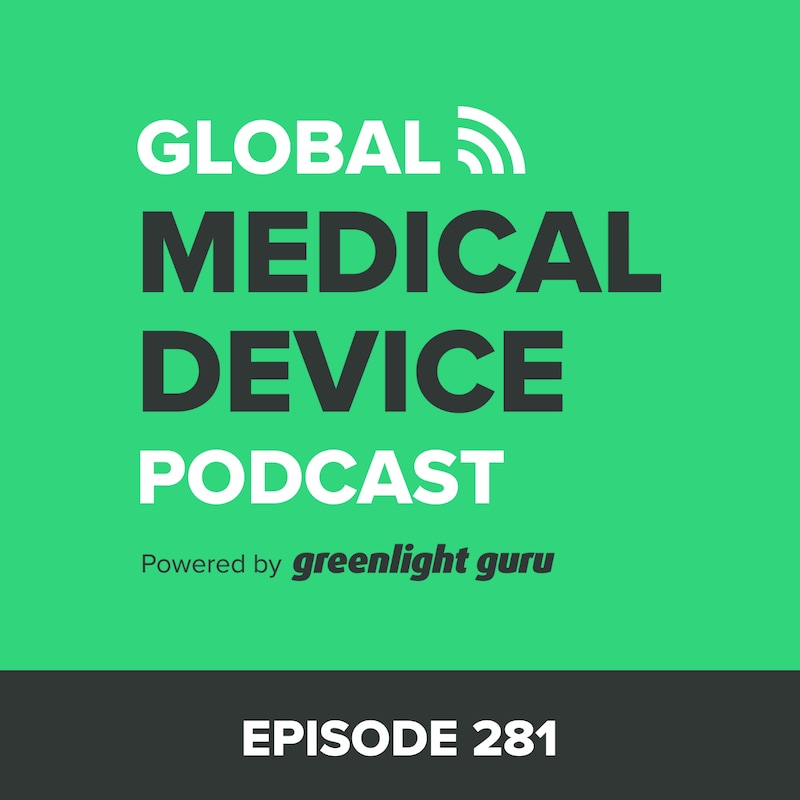Shownotes
How do you bring a medical device through the development process? What are issues that development engineers face during the different phases of the design controls process, especially when researching clinical evidence?
In this episode of the Global Medical Device Podcast, Etienne Nichols talks to Keith and Kevin Kallmes of Nested Knowledge. Following in the footsteps of their father who was a medical device inventor, the two brothers designed and developed a balloon catheter that was acquired by a major strategic.
Some of the highlights of this episode include:
- Keith and Kevin focus on clinical, regulatory, and publication consulting in the data management/data analysis services industry.
- Like other entrepreneurs, Keith and Kevin understand the importance of central clinical outcomes data in every stage of the medical device development process for a product rooted in an unmet clinical need.
- Engineers tend to focus on the immediate task at hand. Entrepreneurs have to consider why startups succeed or fail. Rather than fixating on money, the biggest reason devices fail is a lack of product market fit.
- Companies should look at the science before the development. Examine clinical evidence, decision-making, prototyping, and design controls.
- Customer Discovery: Read literature and talk to clinicians about needs. They are on the frontlines of patient care and research-capable.
- To find scientific evidence and outcomes, search for different articles and filter/screen the articles to know when you have enough relevant information.
- Calculate risk, know timelines, perform tests, and document design history accurately or start the design process over and learn an expensive lesson.
- Which evidence is leading to which decisions? Share and manage evidence to make sure it is usable and effective.
Memorable quotes from this episode:
“You really realize how central clinical outcomes data are to every stage of the medical device development process.” Keith Kallmes
“It’s looking at clinical evidence and convincing end users and purchasers that your device is worth the cost.” Keith Kallmes
“You should be making good decisions and good decisions should pre-exist everything in the development landscape. Design controls should come only after you’ve basically validated your need and you’ve prototyped enough that you know that you should continue.” Kevin Kallmes
“Lack of product market fit - that’s why devices fail. They’re not addressing an unmet need in the marketplace.” Keith Kallmes
“Start your design controls at concept.” Kevin Kallmes
Links:
Keith Kallmes on LinkedIn
Kevin Kallmes on LinkedIn
Etienne Nichols on LinkedIn
Nested Knowledge
PubMed
FDA - Medical Device Overview
ISO - Medical Device Testing
GG Academy
MedTech Nation
Greenlight Guru




